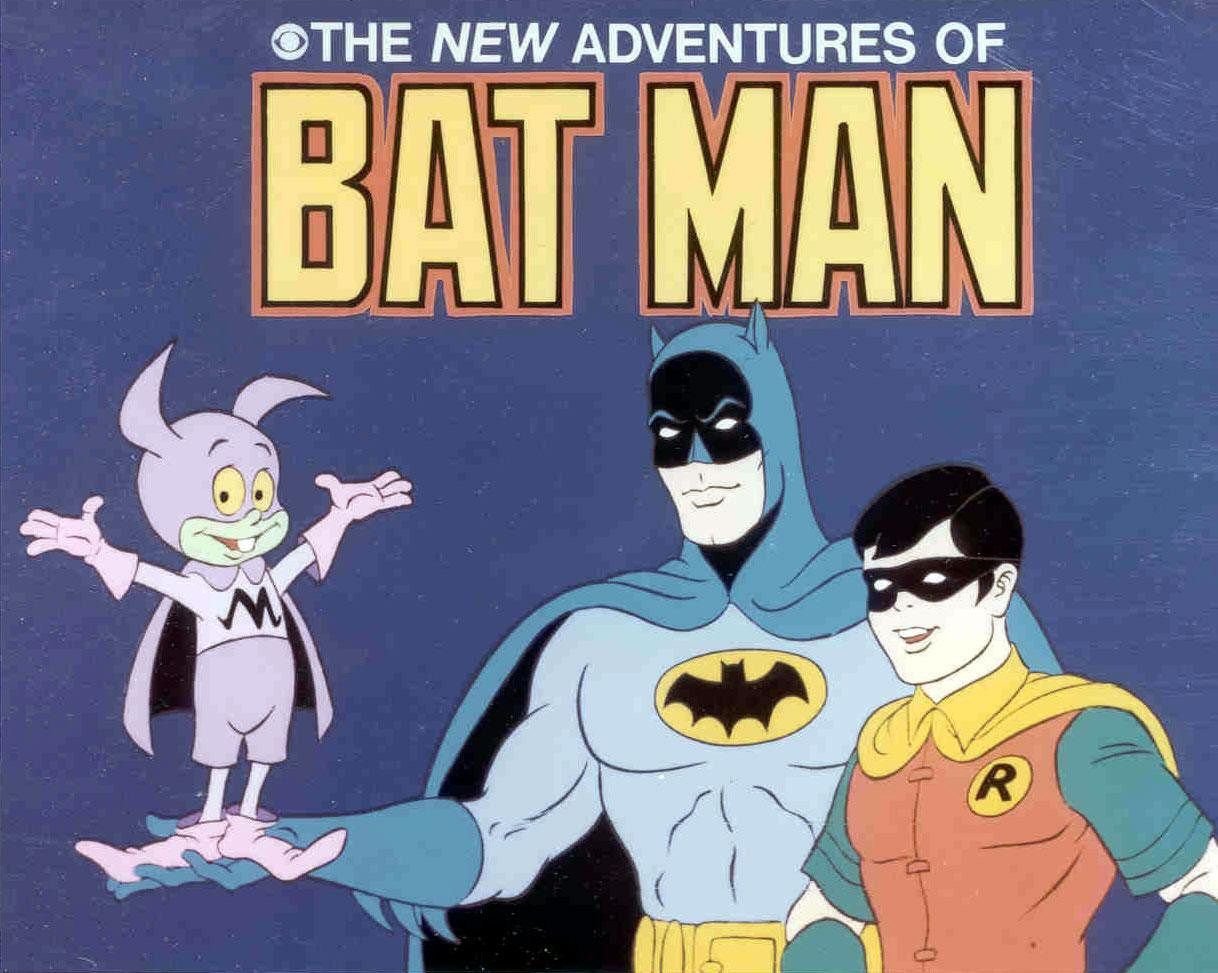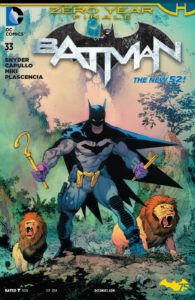 I have a long history with the Batman franchise, like many of us do. It has been around for 75 years and was among the first ever costumed comic book super heroes.
I have a long history with the Batman franchise, like many of us do. It has been around for 75 years and was among the first ever costumed comic book super heroes.
My association with Batman began in the 70s, through various television incarnations. It was not initially the 60s series which got to me, but various cartoon series that introduced me to the character.
The 1960’s television series was fun, but even as a kid of about 9 or so (maybe younger) I knew that wasn’t the “proper” representation of Batman. For many it seemed like it should be, and in many ways it is what co-creator Bob Kane would have imagined had we not been going through the dark economic times during the period when Batman was created.
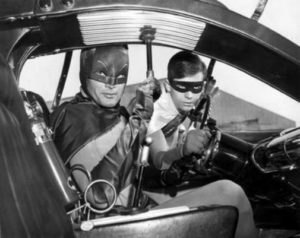 Sure, things were in recovery in 1939, but the character of Batman represented something dark society was still dealing with. Within a year Robin was introduced and the tone changed significantly – so much so that a jovial and light-hearted Batman was the blueprint not only for the comics but the television series. The separation from a dark origin and storytelling is something most people don’t remember.
Sure, things were in recovery in 1939, but the character of Batman represented something dark society was still dealing with. Within a year Robin was introduced and the tone changed significantly – so much so that a jovial and light-hearted Batman was the blueprint not only for the comics but the television series. The separation from a dark origin and storytelling is something most people don’t remember.
While the television series brought Batman back into the forefront of popular culture, it was later when I became aware of the character. The original 1973 Saturday morning “Super Friends” series was my major introduction to Batman (and a host of other characters). Even then, at that young age, while enamored that super heroes were on my television screen each week it didn’t satisfy.
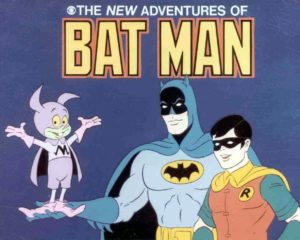 It was the 1977 Saturday morning cartoon series “The New Adventures Of Batman” seemed to strike the balance between the light-hearted television persona and the newer more realistic tone the comics seemed to be moving towards. I enjoyed this series immensely and wished it had more episodes and continued longer.
It was the 1977 Saturday morning cartoon series “The New Adventures Of Batman” seemed to strike the balance between the light-hearted television persona and the newer more realistic tone the comics seemed to be moving towards. I enjoyed this series immensely and wished it had more episodes and continued longer.
Animated versions of Batman were decent, but it was the comics and the serious tone they struck which I connected with.
By the 70s things had changed. While Denny O’Neil gets a lot of (deserved) credit, the groundwork was laid out by Frank Robbins in the late 60s. I started reading the comics a couple of years before the 1977 animated series came out. These seemed more realistic, more connected to life. While the various television appearances were good, they didn’t satisfy the same way the comic did.
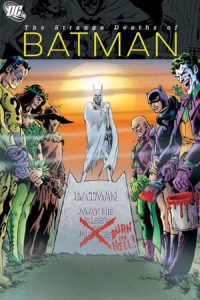 One of the early story lines I remember reading was a four-part mystery about who killed Batman. Catwoman, Joker, Riddler and Lex Luthor all contend they were the ones to do the deed with each issue focusing on their testimony. This storyline always stuck with me because it showcased a number of Batman’s skills such as disguise and detective work.
One of the early story lines I remember reading was a four-part mystery about who killed Batman. Catwoman, Joker, Riddler and Lex Luthor all contend they were the ones to do the deed with each issue focusing on their testimony. This storyline always stuck with me because it showcased a number of Batman’s skills such as disguise and detective work.
Recently I picked up The Strange Deaths Of Batman omnibus, which collects multiple issues of various comics where Batman faces death. It had been many years since I had been able to read this story as I had sold my collection of comics over 20 years ago, at least those comics I still had left. It was really good to reread this story which, in retrospect is a little campier than I remember, but still highly interesting.
I stopped picking up comics a long time ago, and with the endless retcons and reboots I have lost interest. At least in the comics. As a character Batman has been one of my favorites and have always watched what I could over the years.
Batman’s brains is what I really like about the character. Sure he’s strong and agile, but that’s through training. In many ways Batman is like a fantasy about what an ordinary person could do given a seemingly endless amount of money and motivation.

